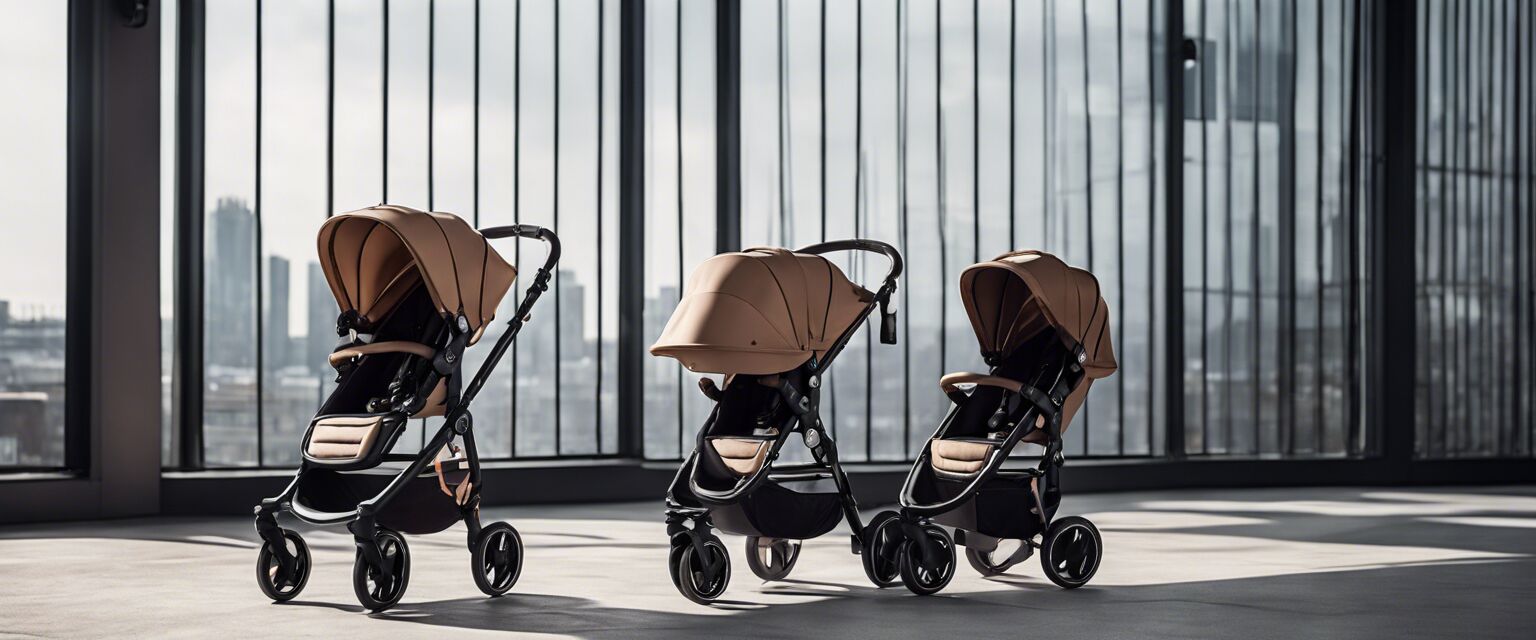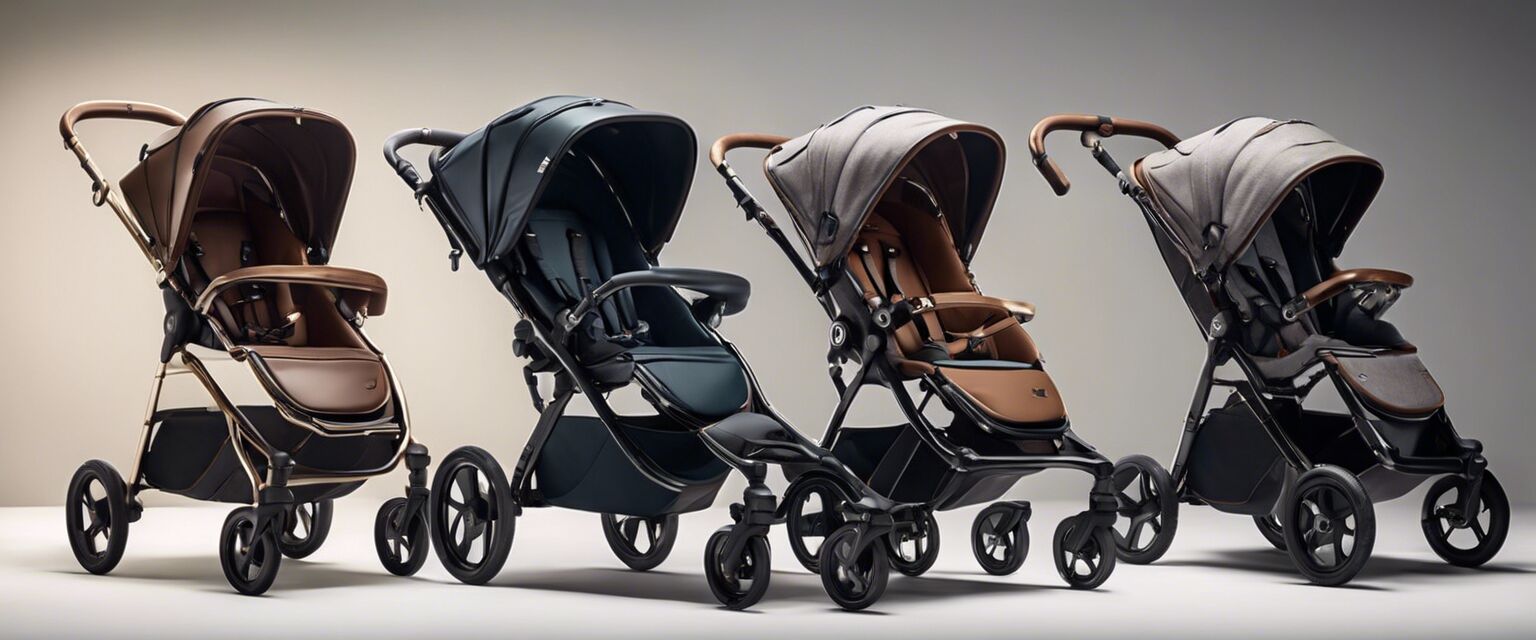
Types of Baby Strollers
Key Takeaways
- There are various types of baby strollers designed for different needs.
- Understanding each type can help you make the right choice for your family.
- Factors to consider include safety, functionality, and lifestyle.
- Many strollers offer unique features that enhance convenience and comfort.
Choosing the right baby stroller can be overwhelming due to the myriad of options available. This comprehensive guide walks you through the different types of baby strollers, highlighting their features, advantages, and the best scenarios for use. Whether you're a new parent or looking to upgrade, understanding your options is key to making an informed decision.
1. Convertible Strollers
Convertible strollers are versatile and can be transformed from an infant stroller to a toddler stroller. They often allow for multiple seating configurations.

Features
- Multiple seating options
- Adjustable canopies
- Reclining seats for infants
Pros and Cons
Pros
- Grows with your child
- Great for families planning to have more children
- Flexible configurations
Cons
- Can be heavier than traditional strollers
- More expensive than basic models
2. Double Strollers
Double strollers are perfect for parents with twins or two children of different ages. They come in two main types: side-by-side and tandem.

Features
- Two seats for multiple children
- Can accommodate car seats for infants
- Various configurations available
Pros and Cons
Pros
- Ideal for families with two young children
- Can be adjusted for different age needs
Cons
- Bulky and difficult to maneuver in tight spaces
- Can be heavy to lift
3. Jogging Strollers
Jogging strollers are designed for active parents who enjoy running or jogging with their child. They have three large wheels for stability and safety.

Features
- Lockable front wheel for stability
- Lightweight frame for easy handling
- Extra cushioning for a smooth ride
Pros and Cons
Pros
- Great for outdoor activities
- Enhanced suspension for a smoother ride
Cons
- Not suitable for regular walking
- Limited reclining options for infants
4. Lightweight Strollers
Lightweight strollers are designed for easy transport and storage. They are perfect for travel and quick outings.

Features
- Compact and easy to fold
- Lightweight materials for easy lifting
- Basic safety features
Pros and Cons
Pros
- Extremely portable
- Ideal for public transport
Cons
- Less stability on rough terrain
- Limited features compared to full-size strollers
5. Travel Systems
Travel systems combine an infant car seat and stroller into one package. They are designed for parents who want convenience and simplicity.
Features
- Infant car seat attaches to stroller
- Easy transition from car to stroller
- Designed for newborns
Pros and Cons
Pros
- Saves time and effort during transitions
- Great for parents on the go
Cons
- Can be bulkier than standalone strollers
- Some models may lack additional features
6. Umbrella Strollers
Umbrella strollers are ultra-lightweight and are suitable for toddlers. They fold easily and are perfect for quick trips.
Features
- Extremely lightweight
- Easy one-handed fold
- Compact size for storage
Pros and Cons
Pros
- Ideal for travel
- Affordable option
Cons
- Limited features
- Not suitable for infants
Conclusion
Understanding the different types of baby strollers is essential for making an informed choice that fits your family's needs. From convertible strollers to lightweight options, each type has unique benefits and drawbacks. Make sure to consider your lifestyle, budget, and the age of your child when selecting a stroller.
Tips for Choosing the Right Stroller
- Test the stroller for ease of use before purchasing.
- Consider storage space and weight for travel.
- Look for safety features such as harness systems and brakes.
- Check for warranties and customer support options.
- Read reviews for real-life experiences from other parents.
For more information on specific stroller types, visit our product categories:








